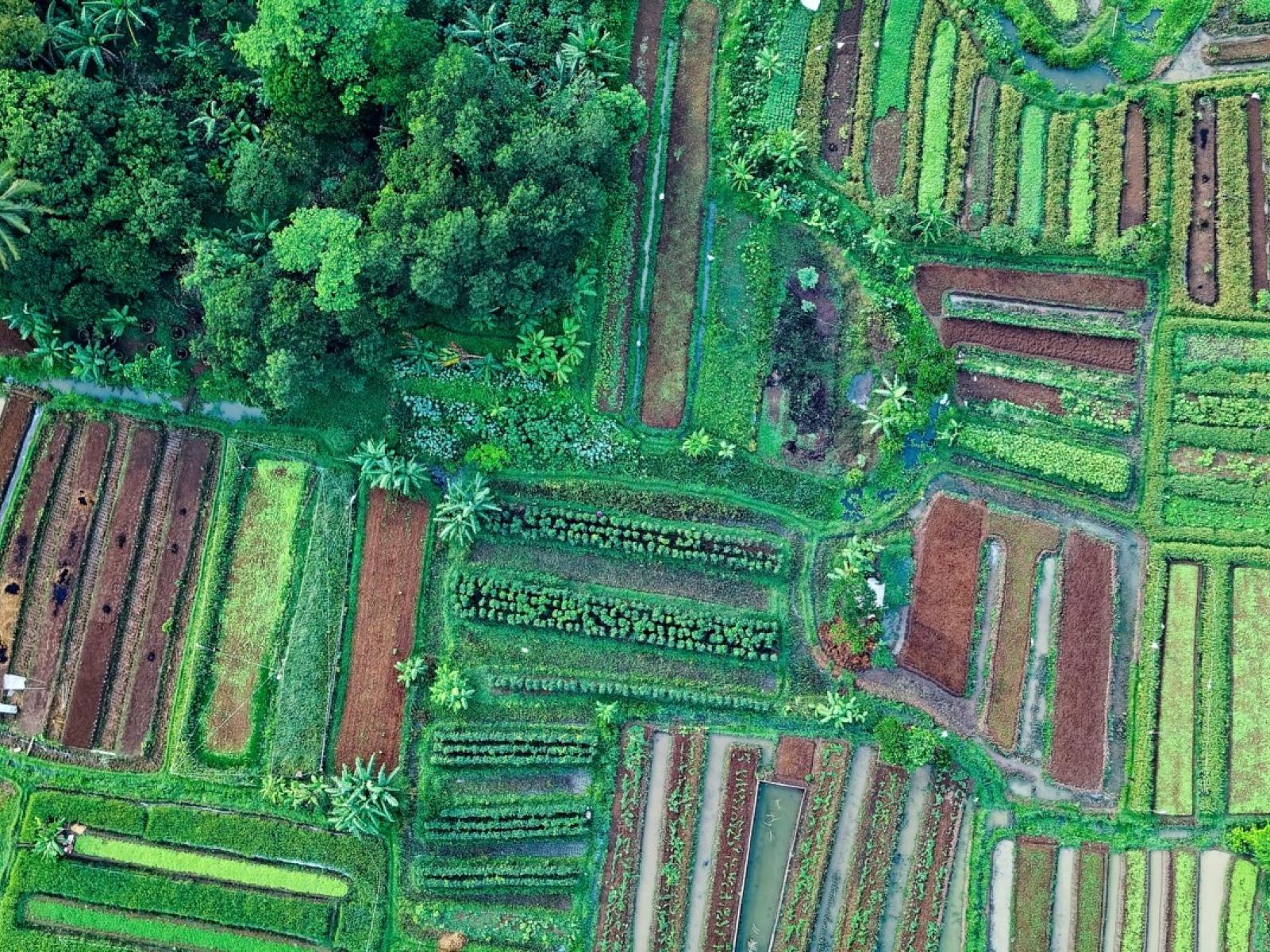Do Models Produce Consistently Different Outcomes Between Scenarios with Different Land Use Change Patterns?
Testing the assumption that different future socio-economic development patterns, which result in different land-use changes, can be paired with different future climate outcomes for risk assessments in a multi-model framework

A multi-model analysis finds no robust differences in several climate extreme metrics between scenarios that only differ in their land-use patterns.
(Image by Tom Fisk for Pexels)
The Science
Researchers use integrated analyses that associate future trends in socio-economic factors with future trends in climatic impact drivers when characterizing future risks from climate change effects. These assessments rely on Shared Socioeconomic Pathways (SSPs) and Representative Concentration Pathways (RCPs) developed from the SSPs. They operate with SSPs and RCPs decoupled; multiple SSPs can produce the same overall RCP. A new study tests one assumption that supports decoupling. Does land use alone produce significant changes between scenarios? The team took a multi-model perspective, asking if the changes are not only statistically significant within a model, but also robust across models.
The Impact
For several impact-relevant extreme metrics, land use change (LUC) does not produce differences that are robust across models. This confirms the assumption that a given RCP outcome from climate models can be paired with different SSPs’ socioeconomic factors in a risk assessment framework. Regional forcers like land use do not drive climate outcomes in a way that undermines the basic SSP-RCP matrix framework. Thus, the current integrated analysis framework for risk assessment is valid for testing the relevance of socio-economic factors to the overall risks from climate change.
Summary
The scenario development community has created the SSPs, which coherently project the human factors of global change. These are used to drive model projections of climate change under different pathways, characterized by their radiative forcing strength and categorized as RCPs. Applying mitigation policies to SSPs with different emissions and land use patterns can lead to the same RCP. What changes is not the overall radiative forcing, but its composition. The assumption is that overall, regional differences are drowned by the overall strength of the forcing and SSPs are generally decoupled from RCPs. This is important because the impact community takes climate model outcomes under an RCP and pairs them with the human factors of different SSPs to test if the SSP makes a difference in the assessment of risk. This would be a flawed approach if a given RCP were consistent only with a given SSP. Researchers analyzed 20-year return levels of six metrics of extremes under two scenarios that only differ by LUC patterns: SSP3-7.0 and a variant that swaps in LUC from SSP1-2.6. The work focused on end of century changes in eight regions where the differential LUC between the two scenarios is strong and consistent across the six models studied.
Changes in precipitation extremes between the two scenarios are still overwhelmed by the noise of internal variability in the great majority of models/regions. Temperature extremes show a significant differential between the two scenarios for some model-location combinations, but not in a consistent and robust way for any employed metrics. Thus, in this multi-model framework, land use alone should not be a concern when considering scenarios where it is the only difference.
PNNL Contact
Ruby Leung, Pacific Northwest National Laboratory, ruby.leung@pnnl.gov
Funding
This research was supported by the Department of Energy, Office of Science, Earth and Environmental System Modeling program as part of the Earth System Model Development program (E3SM scientific focus area) and the Regional and Global Modeling and Analysis program (WACCEM and CASCADE scientific focus areas).
Published: September 26, 2023
Tebaldi, C., M. F. Wehner, R. L. Leung, and D. M. Lawrence. 2023. “Is land use producing robust signals in future projections from earth system models, all else being equal?” Environmental Research Letters, 18, 084009. [DOI: 10.1088/1748-9326/ace3da]